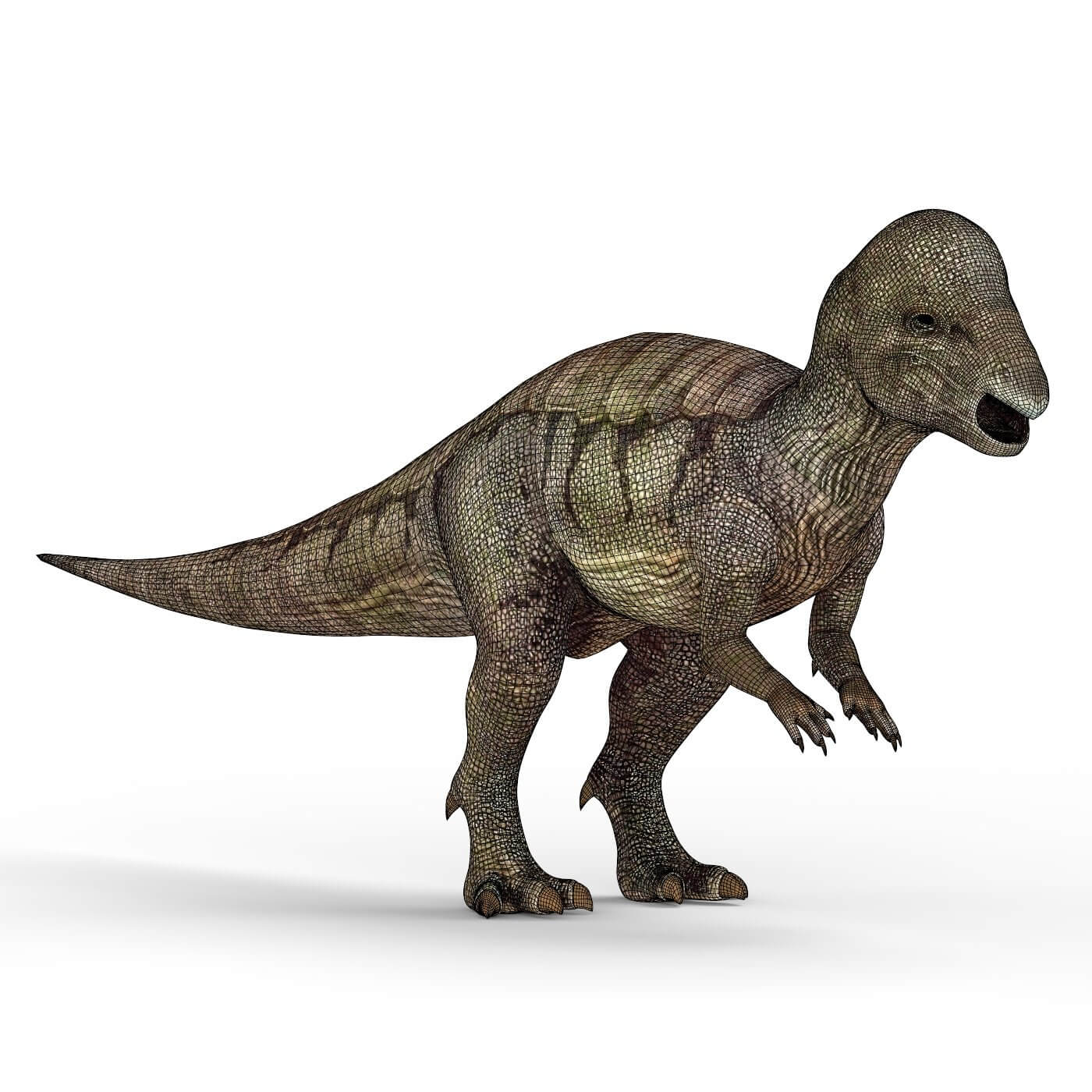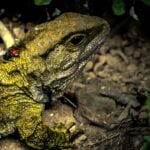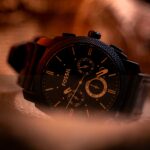Was the ‘Thick-Headed Lizard’ Just a Teenage Dinosaur?
The Pachycephalosaurus, renowned for its remarkably thick skull, shares a striking resemblance to another dinosaur, the Stygimoloch. While both sported impressive headgear, the Pachycephalosaurus boasted a smooth, dome-like skull, whereas the Stygimoloch had a flatter head adorned with spikes. This difference has sparked a fascinating debate among paleontologists: could Stygimoloch be a juvenile Pachycephalosaurus undergoing a dramatic growth spurt?
This intriguing theory suggests that a Stygimoloch’s spiky features might have given way to the Pachycephalosaurus’s iconic dome as it matured. However, examinations of young Pachycephalosaurus skulls don’t entirely support this hypothesis. These skulls don’t closely resemble those of Stygimoloch, suggesting that Stygimoloch might be a distinct species.
Adding to the complexity, some experts argue that the skull differences could be attributed to individual variation or even sexual dimorphism, similar to how physical traits can vary among humans.
The relationship between Pachycephalosaurus and Stygimoloch remains an enigma, highlighting the constantly evolving nature of paleontological discoveries. Each new fossil brings us closer to understanding these magnificent creatures and the world they inhabited.
Debunking the Pachycephalosaurus Diet: Herbivore or Something More?
The Pachycephalosaurus, often depicted as a prehistoric lawnmower grazing on leaves, might have had a more complex diet than previously thought. Discoveries of serrated teeth, typically found in carnivores, in a Pachycephalosaurus skull have challenged the long-held belief that it was solely a herbivore.
Adding to the intrigue, the Pachycephalosaurus’s jaw structure suggests a strength that could have allowed it to tear through flesh. This has led some researchers to propose that Pachycephalosaurus might have been an omnivore, enjoying a mixed diet of plants and meat.
Others suggest a more opportunistic feeding behavior. While primarily herbivorous, Pachycephalosaurus might have scavenged or preyed on small animals when the opportunity arose.
To unravel this prehistoric mystery, scientists are analyzing fossilized teeth, examining jaw structures, and even studying fossilized poop (coprolites) for clues about the Pachycephalosaurus’s diet. This ongoing research emphasizes how much we still have to learn about dinosaurs and their complex lives.
Sizing Up the Pachycephalosaurus: How Tall Was This Dinosaur?
The Pachycephalosaurus, known for its robust build, stood at an impressive height of about 4 feet at the hip, making it taller than the average human. This dinosaur, measuring up to 15 feet long from snout to tail, was comparable in size to a mid-size car.
However, the Pachycephalosaurus’s height is often overshadowed by its most iconic feature—its incredibly thick skull. This dome-shaped skull, composed of solid bone and covered in bony plates, could reach up to 10 inches in thickness. Scientists speculate that this formidable skull was used in head-butting contests, potentially for display or competition for mates.
Despite its tough exterior, Pachycephalosaurus was primarily a herbivore, using its beak-like mouth to graze on leaves and plants. These fascinating creatures roamed North America and Asia during the Late Cretaceous period, leaving behind a legacy that continues to captivate our imagination.
The Hardest Head in Dinosaur History: Pachycephalosaurus and Its Rivals
The Pachycephalosaurus, with its skull up to 10 inches thick—20 times thicker than that of most other dinosaurs—undoubtedly claims the title of “hardest head” among dinosaurs. This remarkable feature has led many scientists to believe that Pachycephalosaurus engaged in intense head-butting contests, possibly for territory or mates.
The dome-shaped skull and its internal structure appear well-suited to absorb and distribute the massive impact forces that such collisions would generate. However, alternative theories suggest that the thickened skull served other purposes, such as display or defense against predators.
Adding to the intrigue are Stygimoloch and Dracorex, dinosaurs with thick skulls that share similarities with Pachycephalosaurus. This has fueled speculation that these dinosaurs might not be separate species but rather represent different growth stages of Pachycephalosaurus.
While the “why” behind the Pachycephalosaurus’s incredibly hard head remains a subject of debate, its existence sparks our curiosity about the lives and behaviors of these fascinating creatures. Ongoing research and fossil discoveries continue to provide insights into the world of dinosaurs, pushing the boundaries of our understanding.
Curious about what dinosaurs ate? Dive into the fascinating world of dinosaurs and discover their eating habits by exploring the orc eating moose study.
In addition, delve into the pronunciation of prehistoric creatures’ names. Discover the correct pronunciation of pachycephalosaurus pronunciation to enhance your knowledge and impress fellow dinosaur enthusiasts.

















1 thought on “Pachycephalosaurus vs. Stygimoloch: Was the ‘Thick-Headed Lizard’ Just a Teenage Dinosaur?”
Comments are closed.